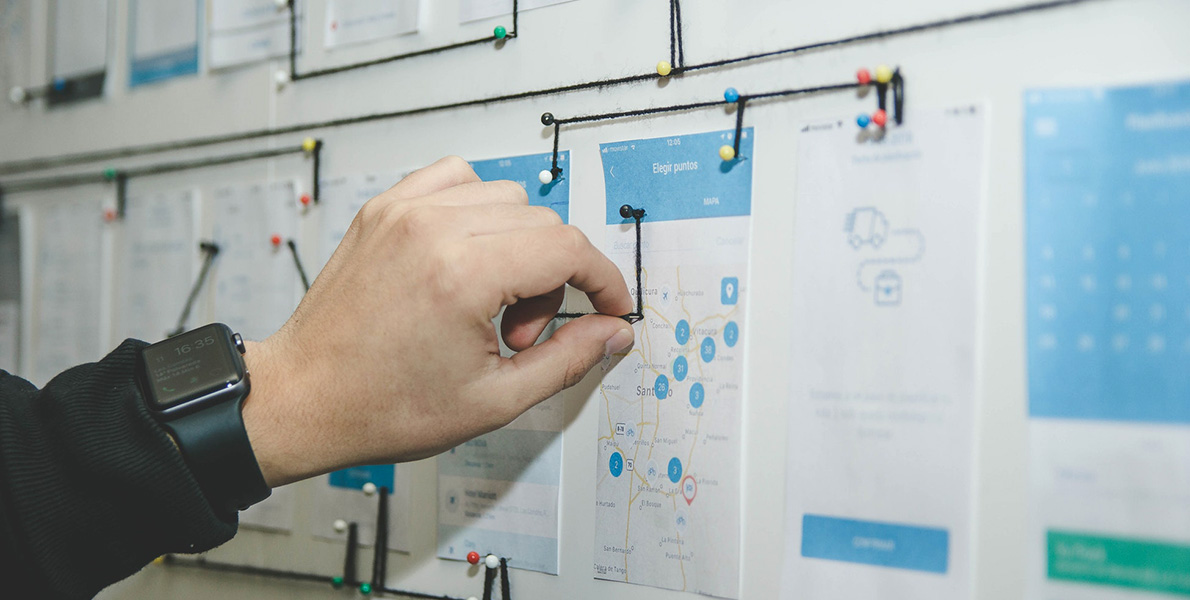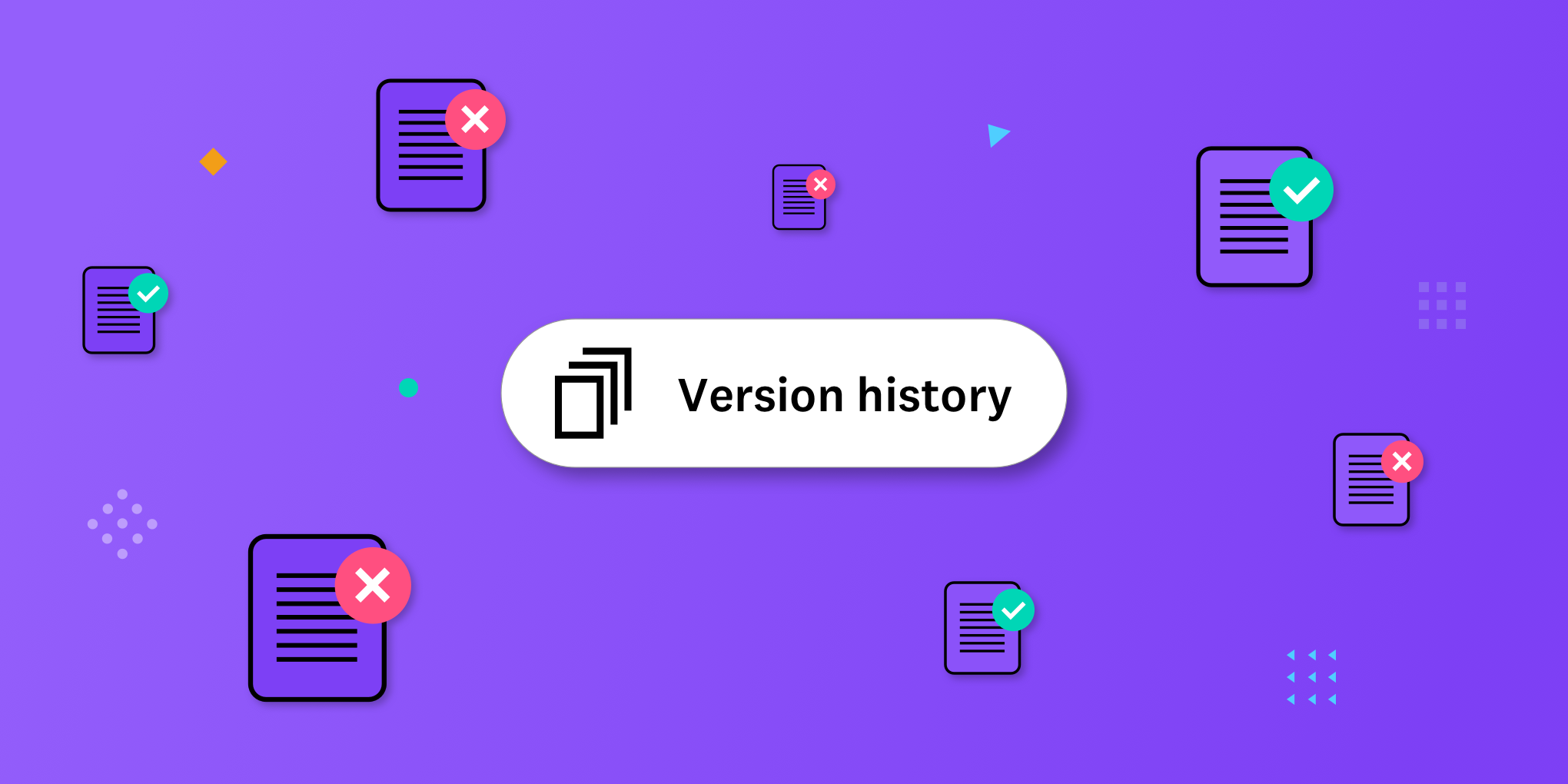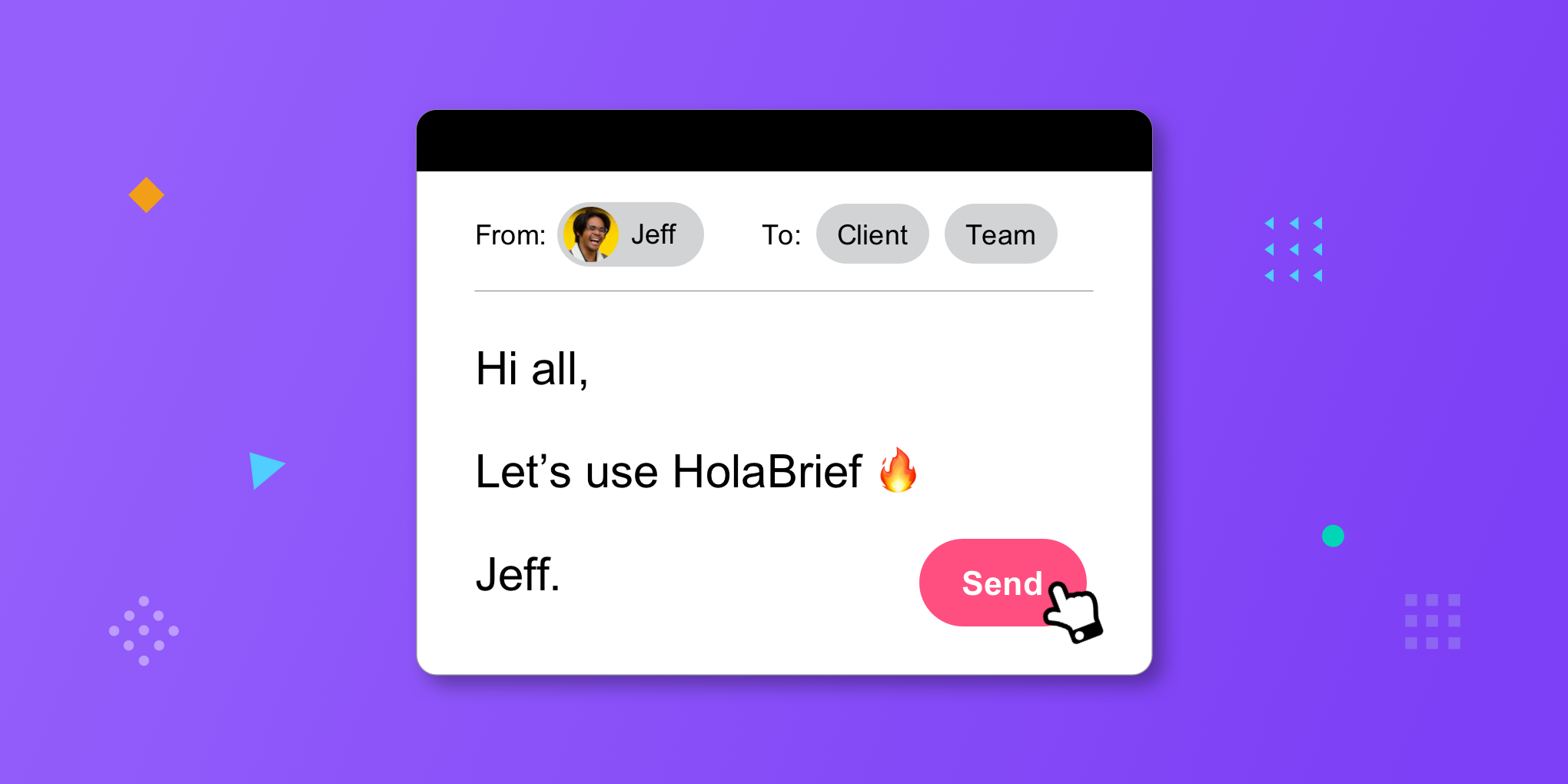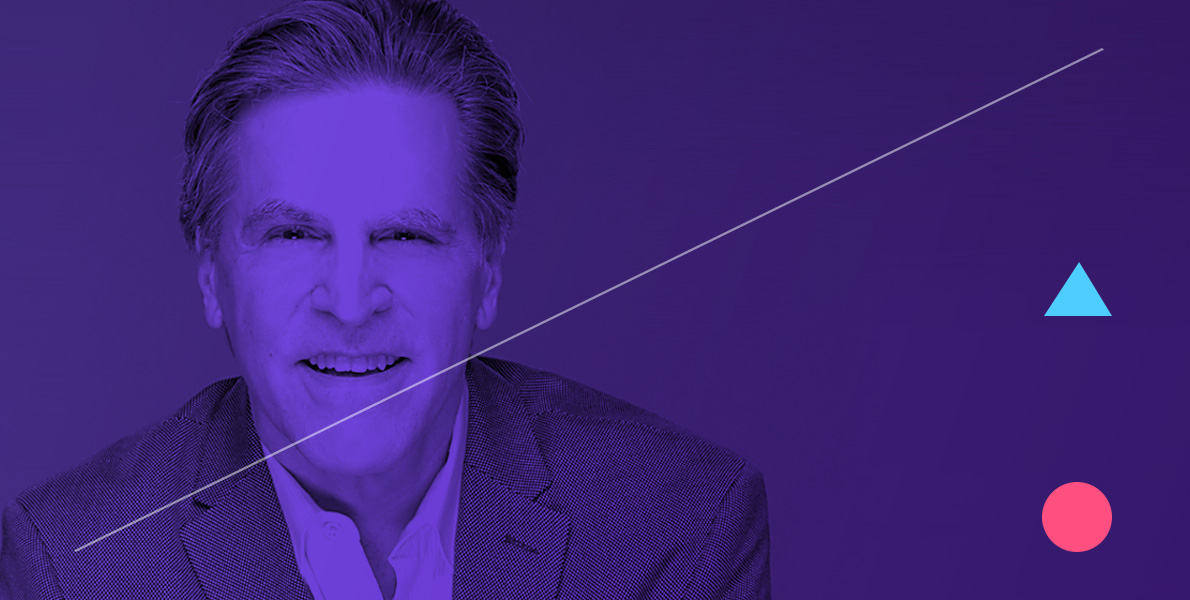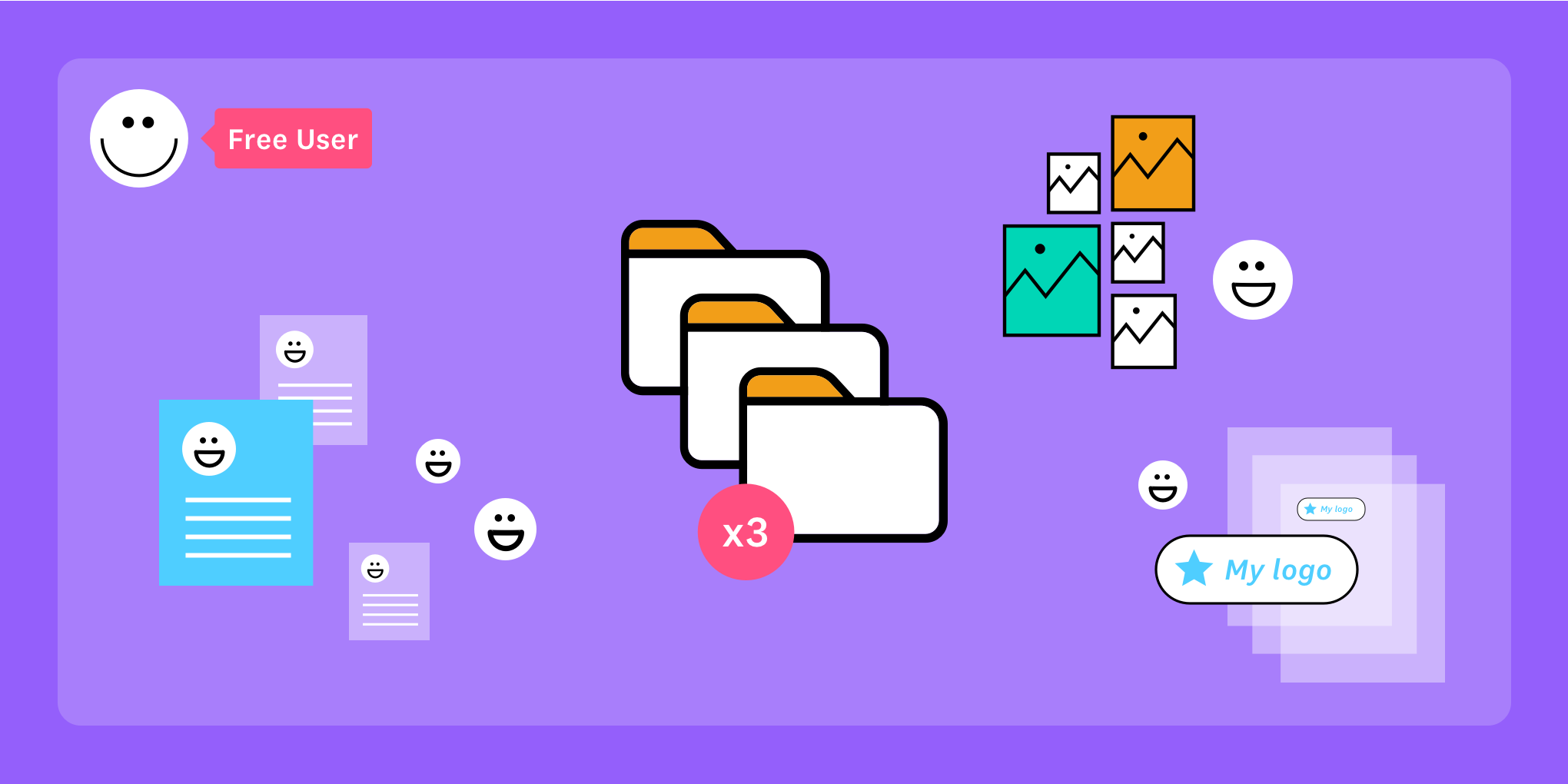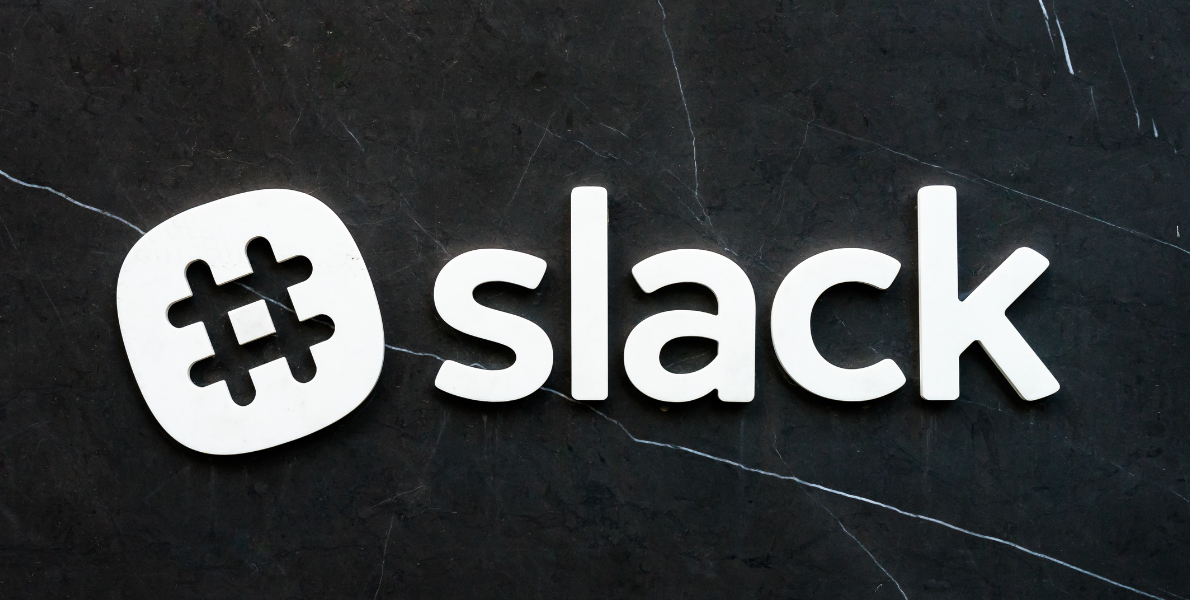At HolaBrief we preach the value of strategy and the value of smooth communication for a more efficient design process for all the stakeholders involved.
A solid design brief set up together with your team or client, should inspire a thousand pictures and should guide you towards a successful outcome.
So before starting to move pixels up and down, look for inspiring brands, learn from user behaviours, challenges and wishes from your User Persona’s and discover the mission and vision of the project you're working on.
It is paramount for UX designers in the briefing stage of the design process to gather as much valuable information as possible to make validated design decisions.
How can you both solve your client’s user challenges and make sure your client can differentiate themselves from the competition? On a bigger scale, how can designers conscientiously improve not only the digital products people use every day, but also our companies and our industry?
A distinguished UX design of a product could truly be a differentiator for the digital product you're about to create. We encourage you to devour and analyse as much as possible the UX design trends of the coming decade, as they can play a pioneering role in defining our use of digital products in the future.
UX gets more specialized
When I first entered the UX job market several years ago, most business opportunities looked something like this:
- UX/UI Designer, X company, Location
- Key Responsibilities:
- Information architecture
- UI design
- UX writing
- Research
- User testing
- Front end / back end development
- Content marketing
- SEO
- Social media
- Google Analytics
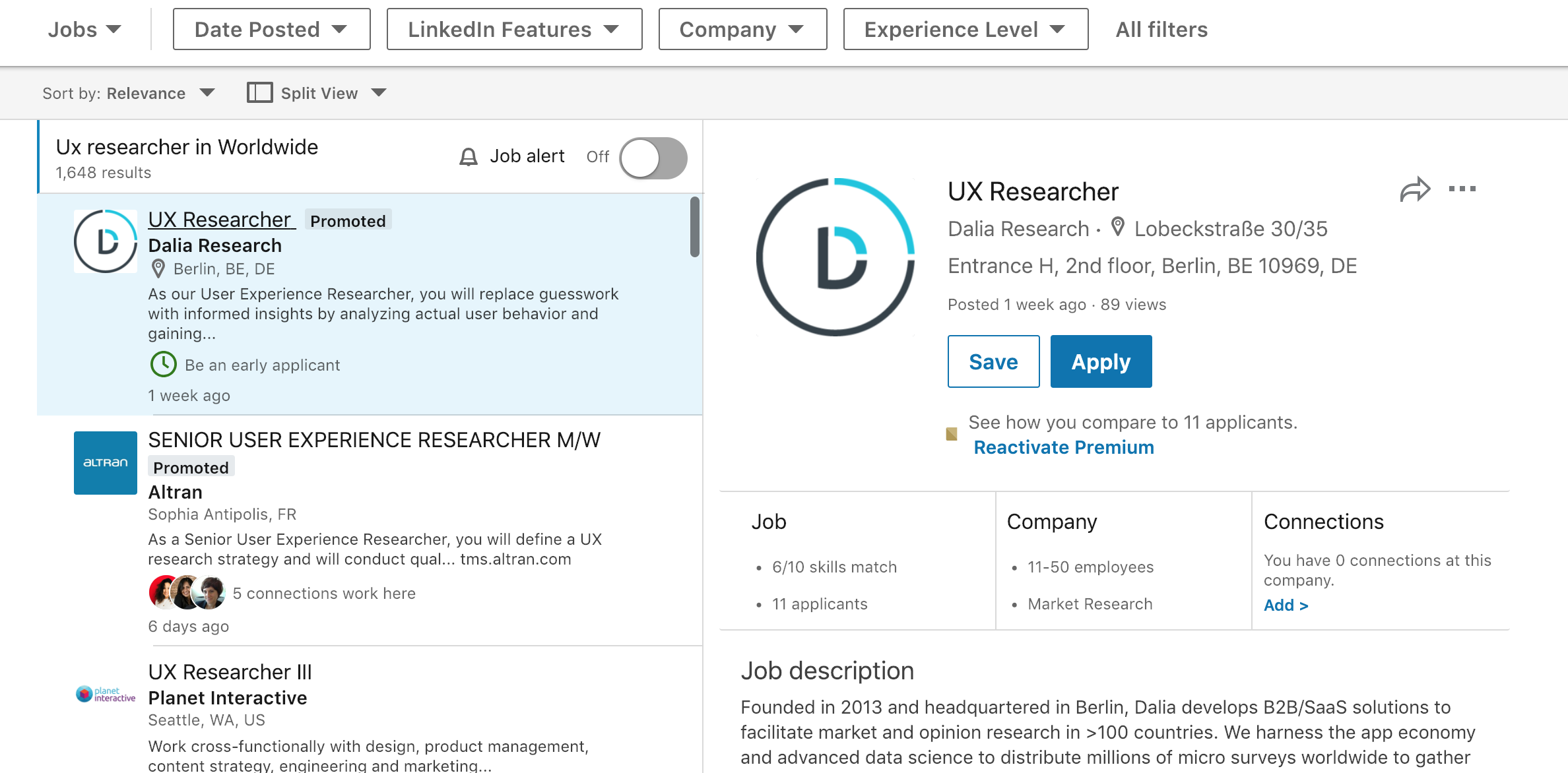
Instead of looking for a UX or UI designer, many companies are also looking for a marketer, developer, researcher, and PR specialist, all in one these days. In other words, they want a “UX unicorn”. I am happy to report that 2019 will be the year where we start to see more specialized roles. A quick search on LinkedIn for “UX Writer” or “UX Researcher” is evidence that this trend is slowly, but surely, gaining ground.
“Hello Google” – UI meets Voice
My grandpa has many talents, but let’s just say that using technology isn’t one of his biggest strengths. Every time he gets a new phone, computer, or gadget, I am usually the one who helps him learn how to use it. He recently got an Android phone and had the hardest time using Google Assistant. After several attempts, he was finally able to ask for the weather, only to end up mispronouncing the city where my parents live. Although my grandpa isn’t tech savvy, voice assistants aren’t going anywhere anytime soon. In fact, Deloitte Global predicts that the smart speaker industry will be worth $7 billion by the end of this year.
What does this mean for the UX industry? It means that in order to stay competitive, not only will UI designers be tasked to design screens for mobile applications, they will also be expected to dominate the topic of voice user interface. Design tools, like Adobe XD, even allows users to create prototypes that can be controlled by simply saying a few words.
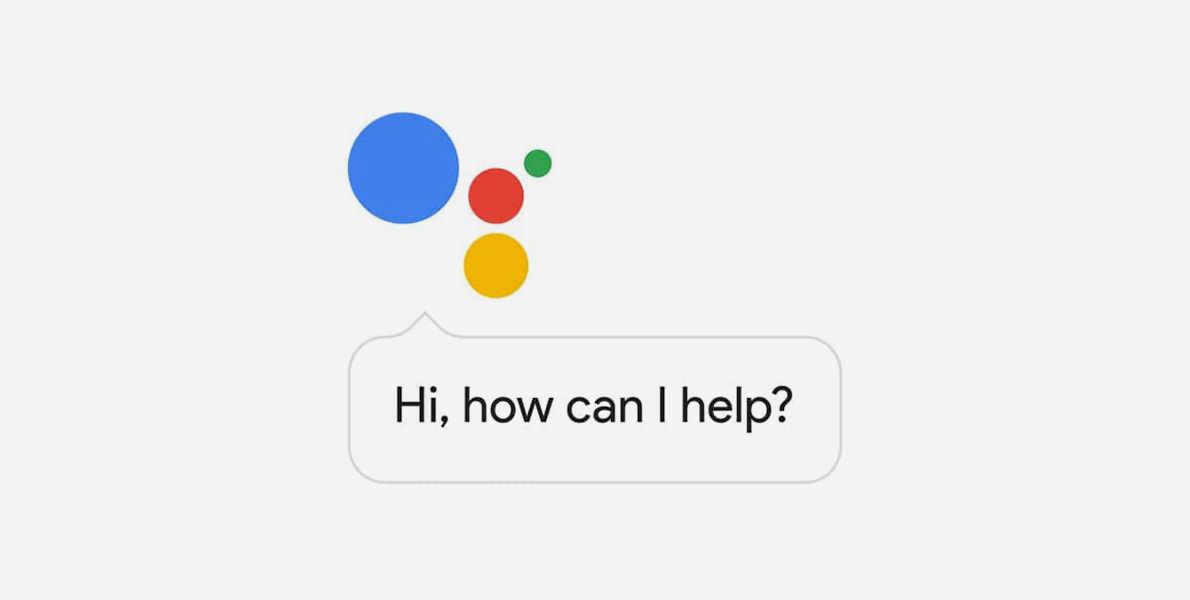
“Mobile-first” becomes a thing of the past
“Desktop or mobile” seems to be an all too common mini debate, especially at the beginning of a new project. The answer often depends on the project, but generally speaking, UX/UI designers design mobile first. After all, by the end of this year it is expected that there will 2.5 billion smartphone users. However, with the plethora of technological devices that we have at our fingertips, UX designers need to create products and services that are device agnostic. Designs need to be capable of being displayed on a wide variety of screens.
We live an era where users expect to start watching a TV show on their smartphone and finish it on their laptop.
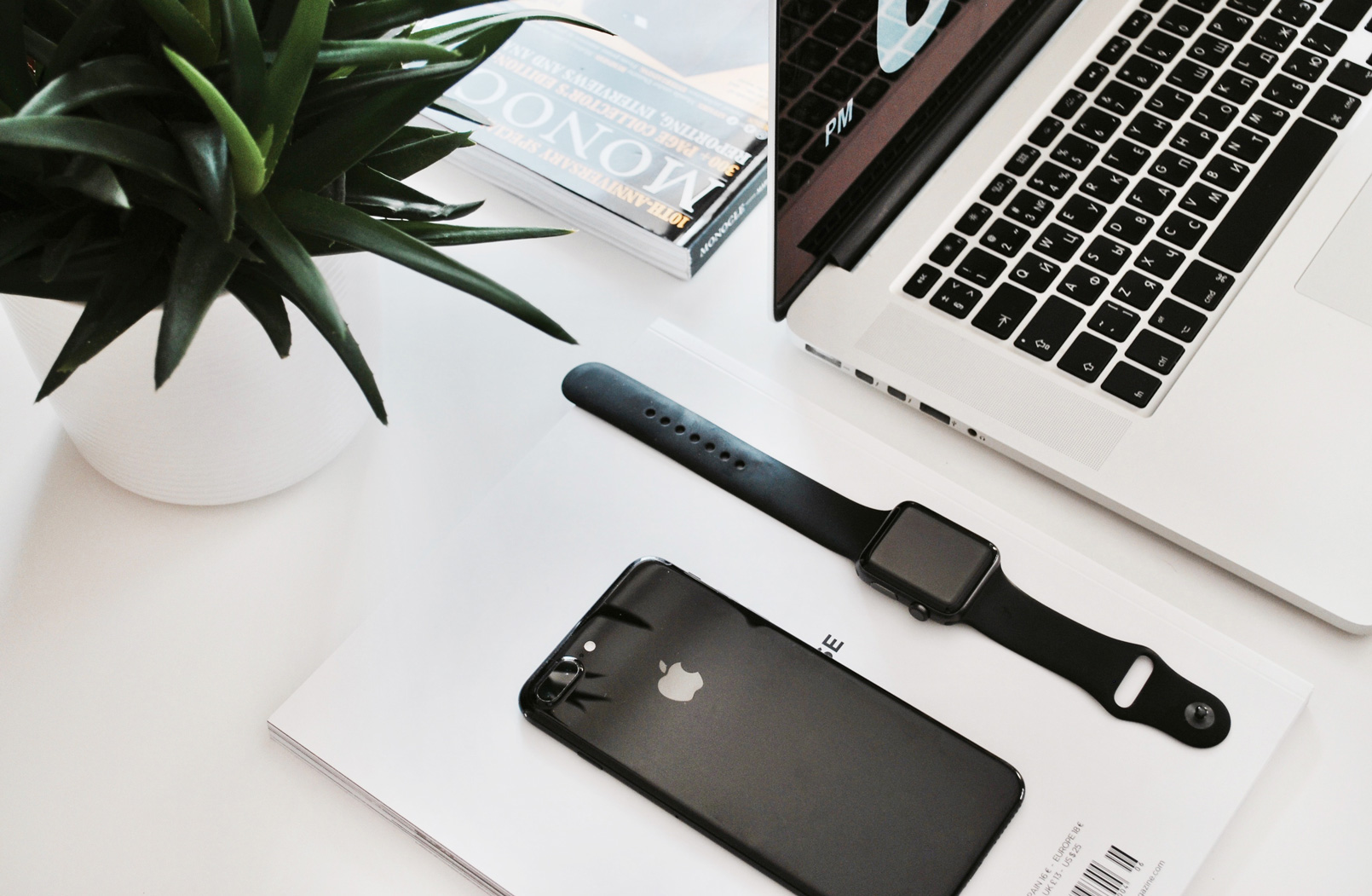
Experiences get even more personal
UX designers can no longer get away by simply creating a product with a “one-size-fits-all” approach, they have to be able to create tailored experience for each and every user. Whether it is a new series on Netflix or a new song on Apple Music, I love how these platforms help me discover something new that is right in line with my personal tastes.
How does one make this happen? Machine learning, artificial intelligence, and research. After all, one cannot even begin to design personalized experiences if they don’t know for whom they are designing.
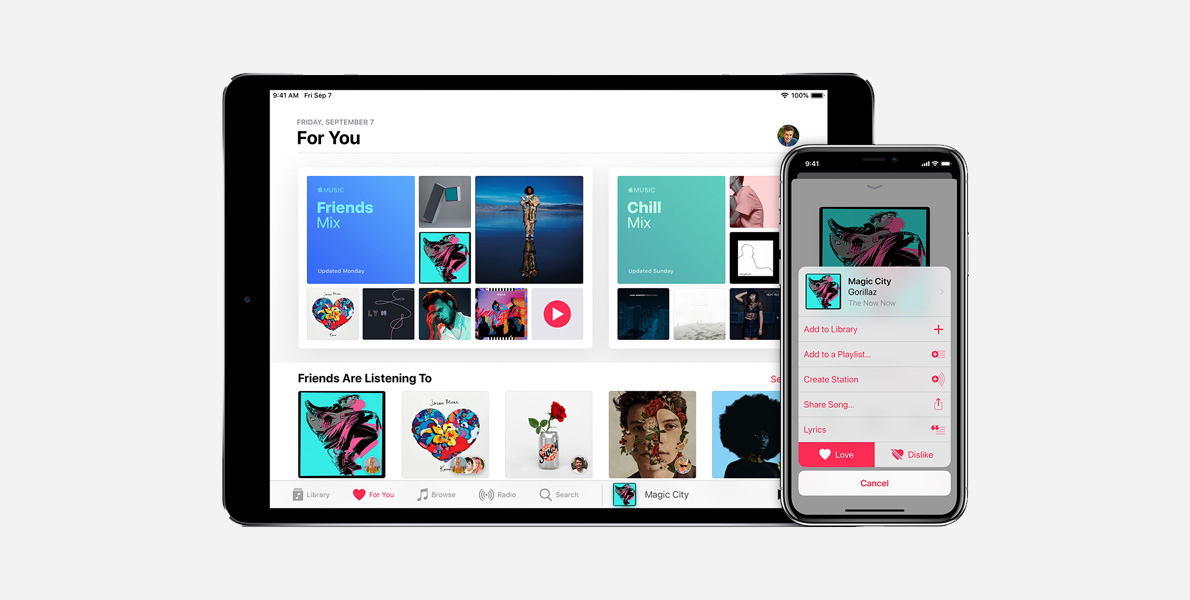
Swipes, drags, flicks, oh my
Tinder and its infamous “swipe right / swipe left” dynamic has set the tone for the next UX UI approach. Our desire to consume content has caused the death of the home button on our phones, and in its place, has caused the rise of gestures. Due to this increase of screen space, the user is presented with more information than ever before.
UX designers need to, in the right moments, use common human gestures to make our digital experience as smooth as possible.
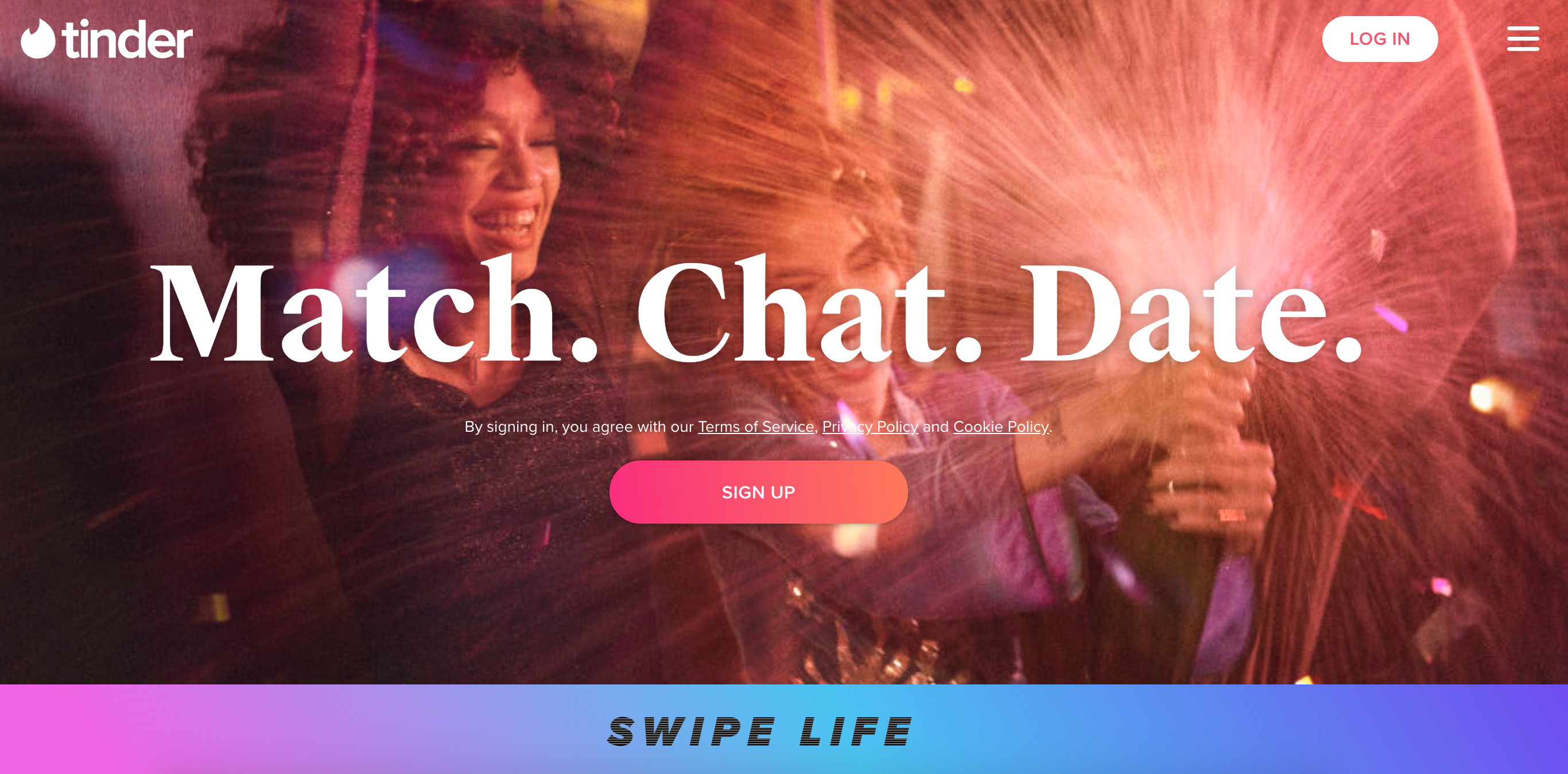
Closing thoughts
UX design has the power to impact how apps are developed to address user's challenges. It has the power to change the way we do chores, make our plans and invest our money. Want to make a difference with the design you create with your clients? Then make sure to do your research and ask the right strategic questions before diving into the creative part of the design process. Being up to date with the latest UX UI trends will help you and your client to create meaningful solutions together, that hopefully last for decades to come.
Want to build meaningful work together with your client? Be sure to sign up for HolaBrief and start creating work that matters.

